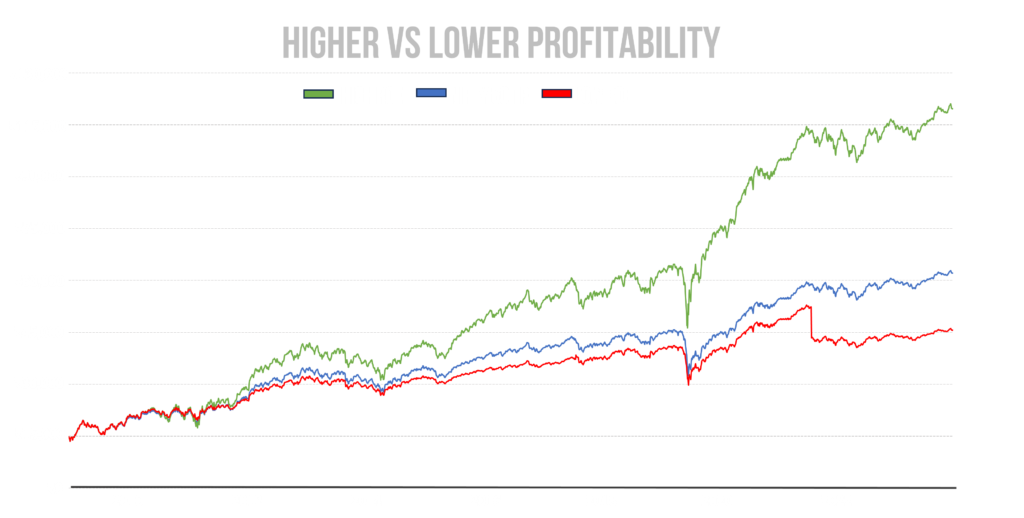When you’re thinking about investing in stocks, there’s a super important thing to check, and it’s called Return on Equity or ROE. It’s like a magic number you should always pay attention to before putting your money into any company’s stocks.
So, what does ROE tell us? Well, it’s like a signal that shows if a company is doing really well. If a company has a high ROE, it means it’s making a lot of money compared to the money it got from its shareholders. This is great news for the people who own the company’s stocks because it means they’re likely to make more money too.
In this blog, we’re going to dig into some facts and proof that companies with high ROE, the ones that are consistent and do a great job, tend to do better in the stock market compared to companies with low ROE. I’ve been studying stocks for 15 years and looked at 1200 of them, and I’ve figured out that if you pick good companies with high ROE for your stock portfolio, you’re more likely to make a winning investment. It’s like having a secret recipe for success in the stock market!
What is Return on Equity (ROE)?
Return on Equity, or ROE, is like a scorecard for a company. It tells us how good a company is at using the money it gets from its owners (that’s you if you own their stocks) to make more money.
The formula for Return on Equity (ROE) is:
ROE = (Net Income / Shareholders' Equity) × 100
Where:
- Net Income is the profit a company makes after deducting all its expenses and taxes.
- Shareholders’ Equity is the total value of the shareholders’ ownership in the company, which includes things like the initial investment and any additional money invested in the company.
ROE is typically expressed as a percentage. This formula helps you calculate how efficiently a company is using its shareholders’ equity to generate profits.
Let’s say we have a company in India, and we want to calculate its Return on Equity (ROE) in Indian Rupees (INR).
Suppose the company’s Net Income for the year is ₹1,00,000, and its Shareholders’ Equity at the beginning of the year was ₹5,00,000.
Using the ROE formula:
ROE = (Net Income / Shareholders’ Equity) × 100
ROE = (₹1,00,000 / ₹5,00,000 ) × 100
ROE = (0.2) × 100
ROE = 20%
So, in this example, the company has an ROE of 20%. This means that for every ₹100 of shareholders’ equity, the company earned ₹20 in profit during the year.
Higher ROE vs Lower ROE


After conducting an exhaustive analysis backed by robust empirical evidence, our findings from scrutinizing 1200 listed Indian stocks have illuminated a compelling truth. Companies boasting higher Return on Equity (ROE) have consistently outperformed the market, delivering impressive returns of 15.14% compared to the Nifty 50 Total Return Index (TRI). In stark contrast, companies with lower ROE lagged behind, offering a mere 7.6% in returns. Our study spans from September 2006 to August 2026, firmly establishing that the path to superior investment outcomes is crystal clear: choosing companies with Higher ROE is the discerning choice for astute investors.
Notably, our analysis reveals not only the impressive returns but also the unwavering consistency in profitability exhibited by select companies. A company that consistently achieves higher ROE demonstrates remarkable resilience across diverse business cycles. Such steadfast performers not only weather the storms but also drive their stocks to thrive in the long run.
Intriguingly, when we gauge the annualized volatility of profitability over a 10-year rolling period, the verdict is crystal clear: companies with a track record of consistent ROE have been the true architects of wealth creation for their shareholders.

Imagine this scenario: An investment of INR 10,000 made in 2006. If you wisely chose companies with both Higher and Consistent ROE, your investment would have blossomed into INR 1,23,349, boasting a compelling CAGR growth rate of 16.18%. In stark contrast, the Nifty 50 TRI would have only yielded INR 65,421, and opting for companies with Low and Inconsistent ROE would have left you with a mere INR 44,135, growing at a meager CAGR of 8.84%. The evidence is resounding – the power of Higher and Consistent ROE is your passport to substantial wealth creation.
ROE Alone Doesn't Tell the Whole Story
When evaluating Return on Equity (ROE), it’s vital to consider a holistic picture of a company’s financial health. Beyond ROE, factors such as industry benchmarks, debt levels, profit margins, revenue growth, dividend policy, management quality, competitive position, economic conditions, risk factors, historical performance, regulatory influences, valuation, cash flow, and future growth prospects all play pivotal roles in determining the overall investment potential of a company. ROE is a valuable metric, but its interpretation and usefulness are significantly enhanced when viewed in conjunction with these other critical factors to make well-informed investment decisions.
Please check this blog Unlock Multibagger Potential with These Magic Ratios, to know more about other ratios one should look at before investing in the company.
Disclaimer:
This blog/video is for educational purposes only and should not be considered financial advice. It is essential to conduct your own research and consult with a qualified financial advisor before making any investment decisions. Your personal financial situation, risk tolerance, and investment goals are unique, and this content may not be suitable for you. Please make informed decisions based on your specific circumstances and professional guidance.




